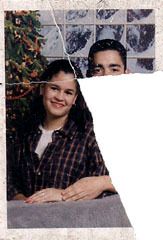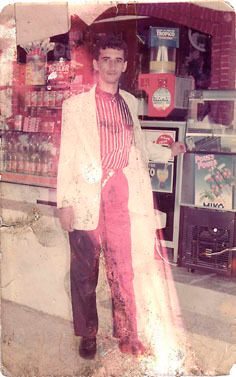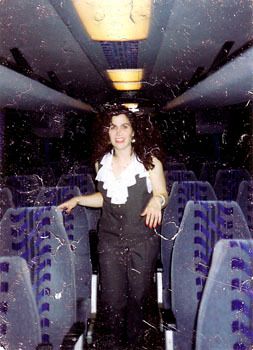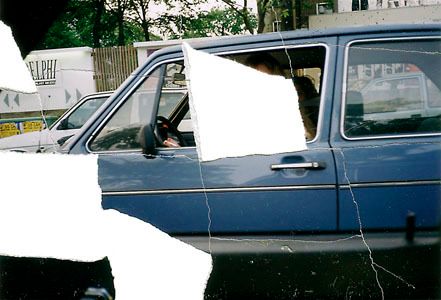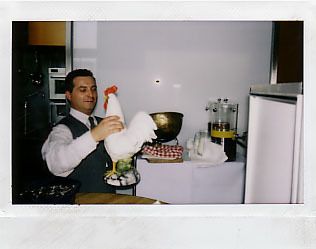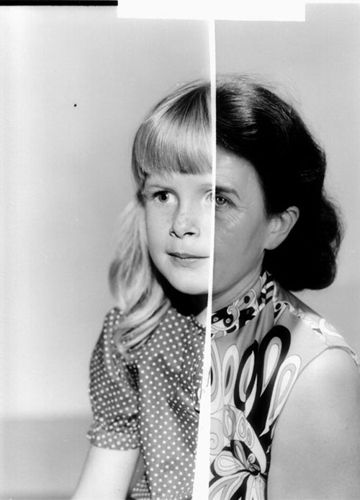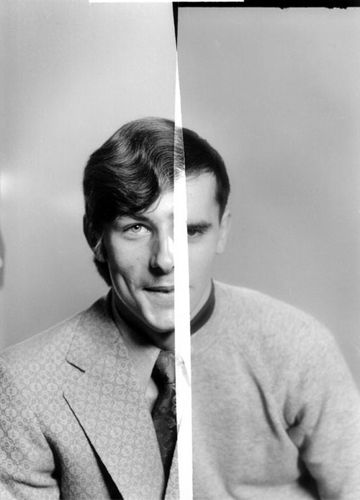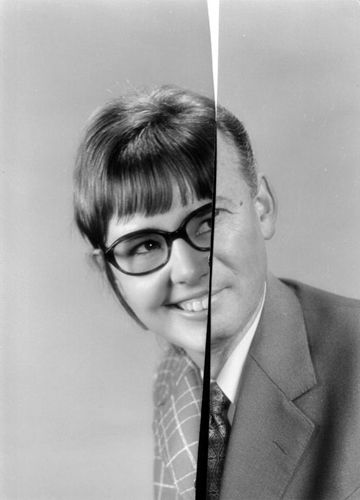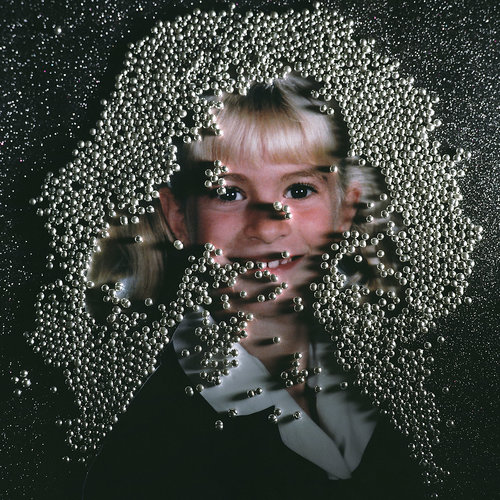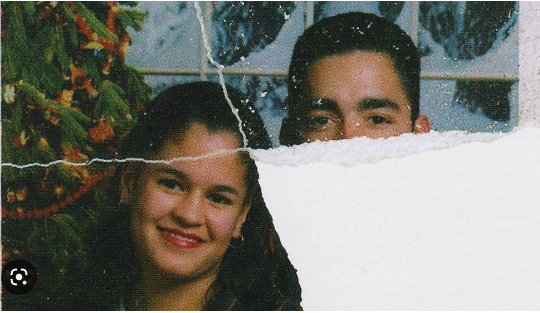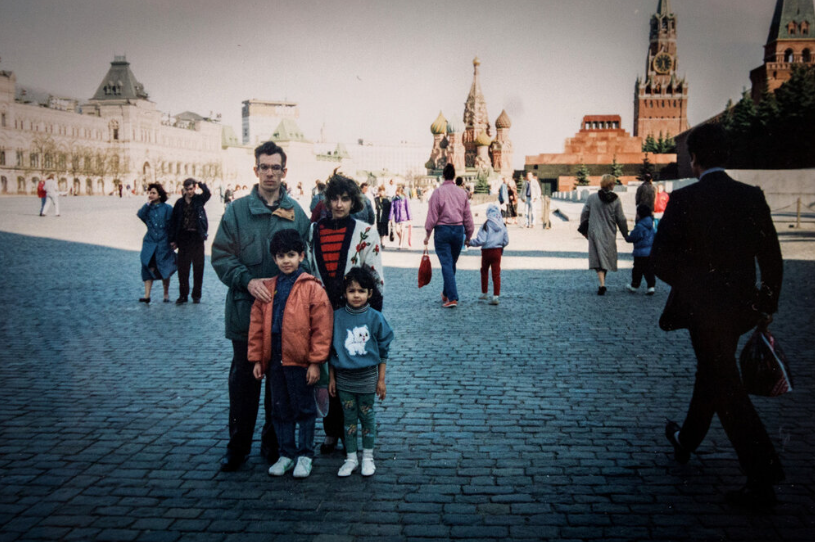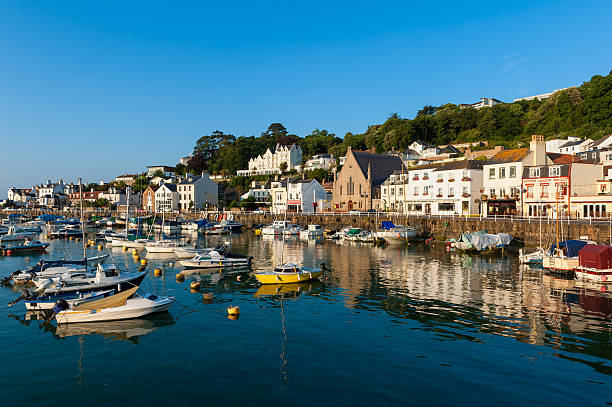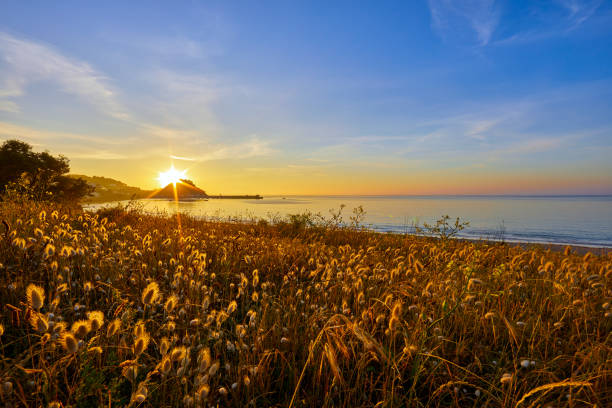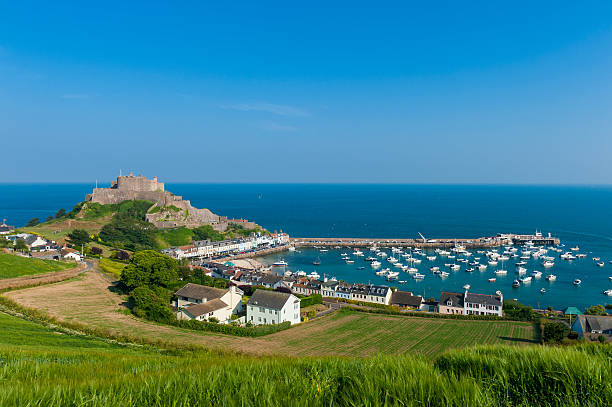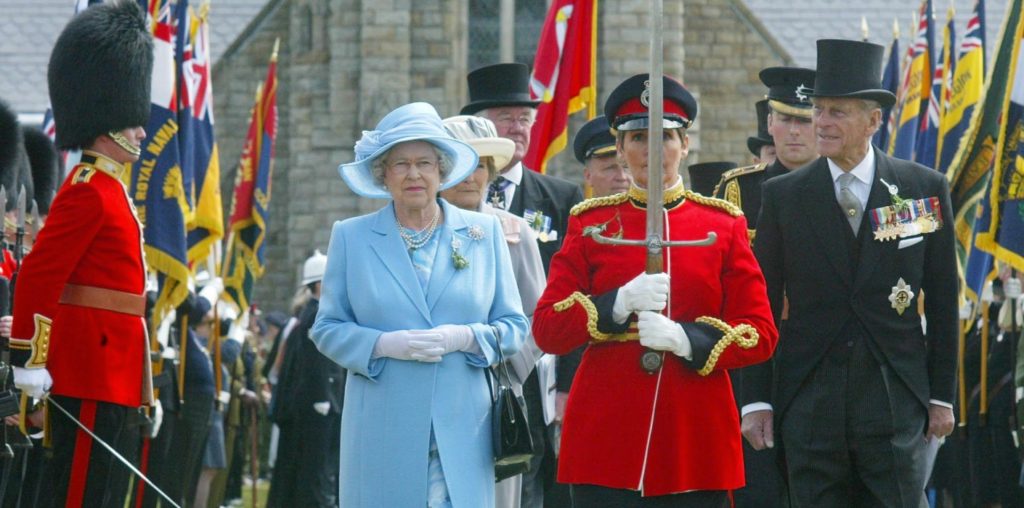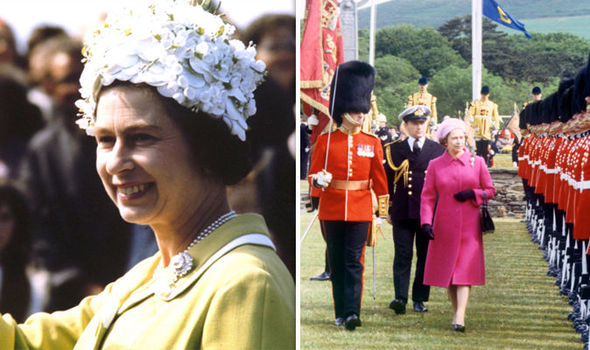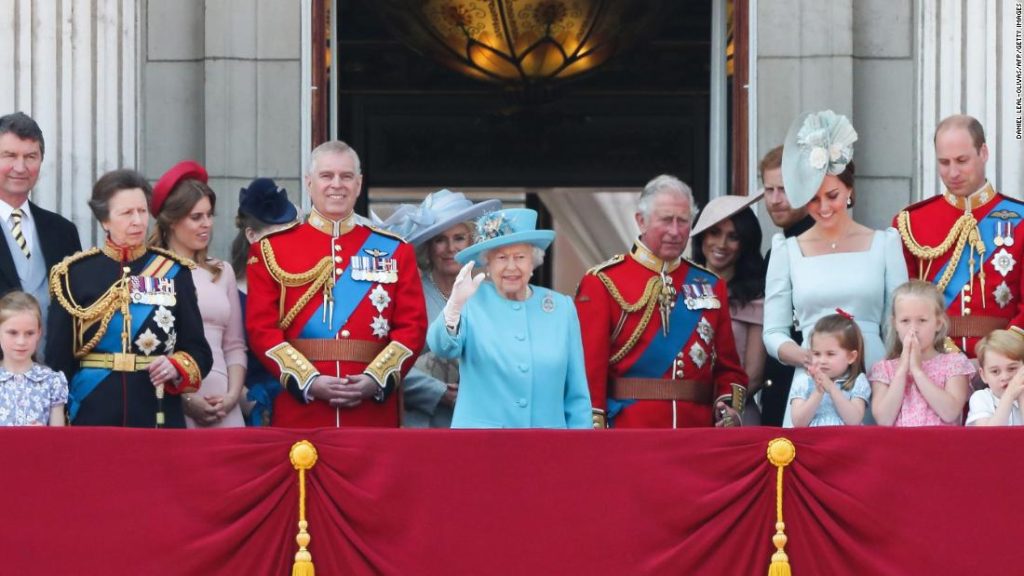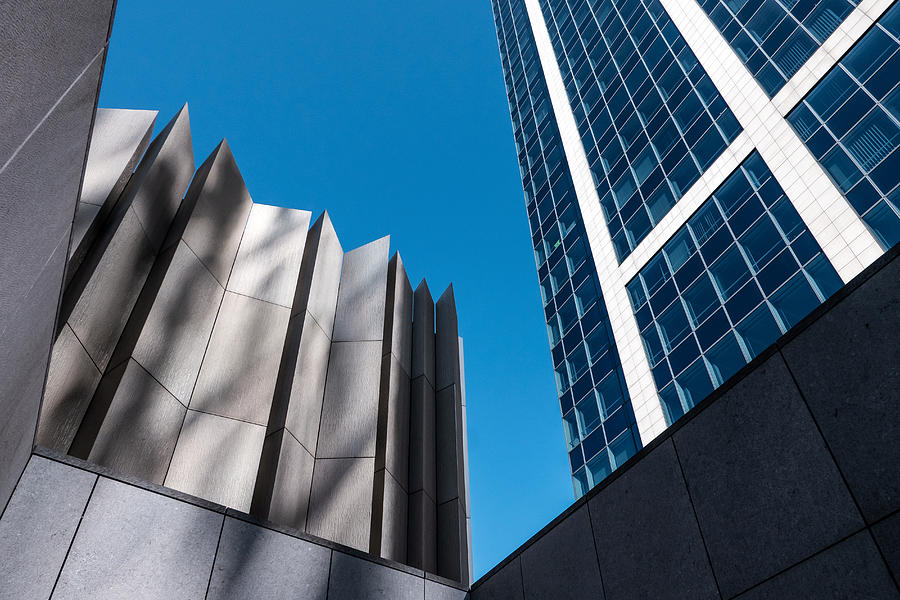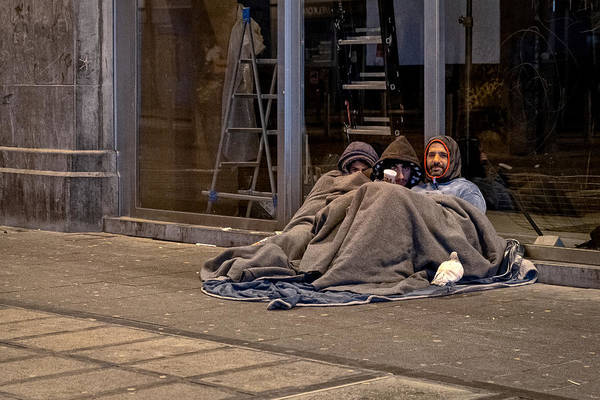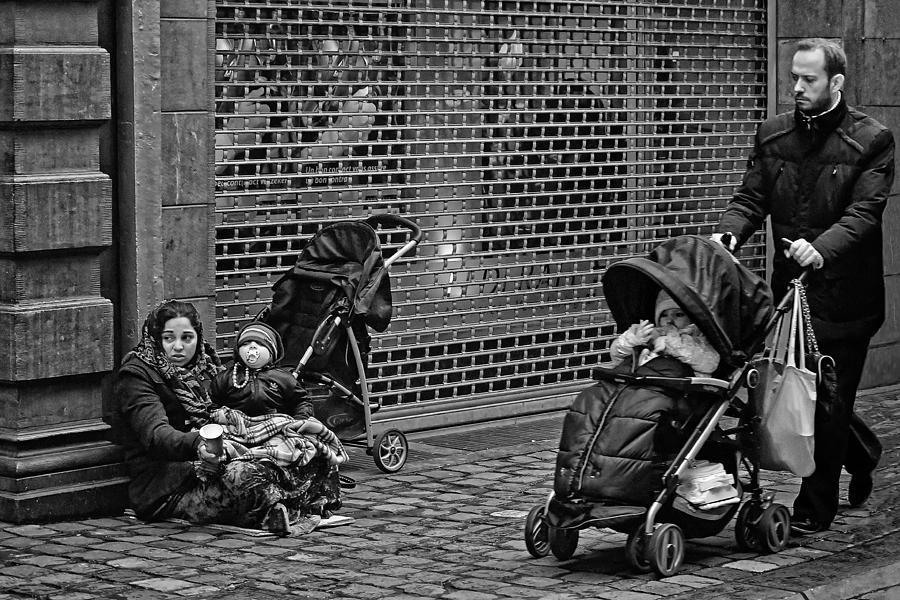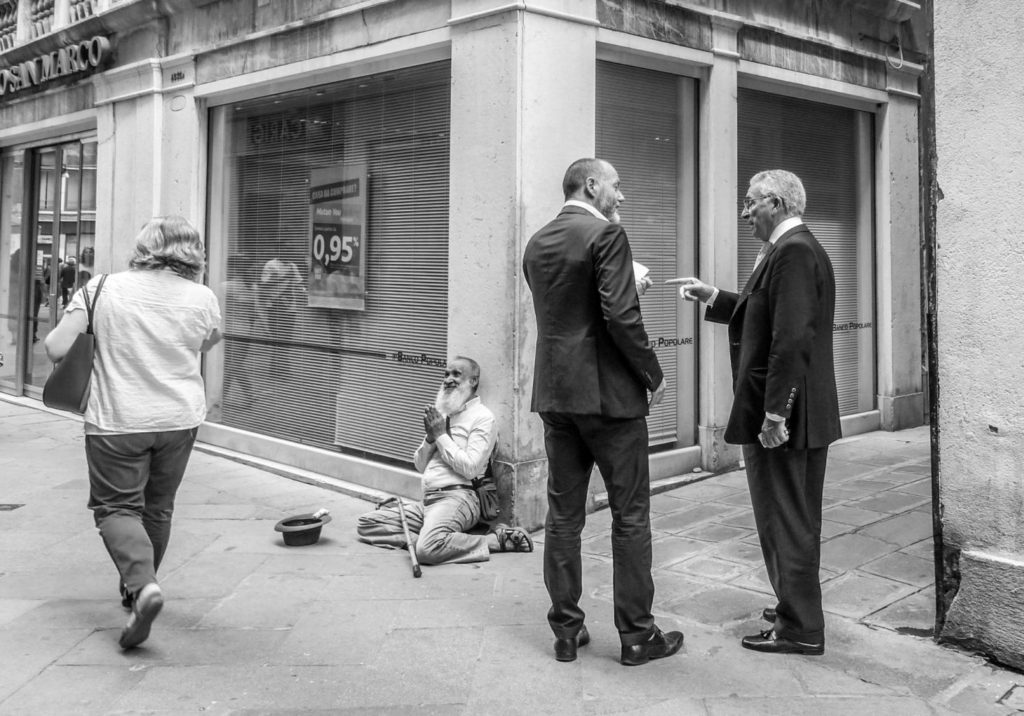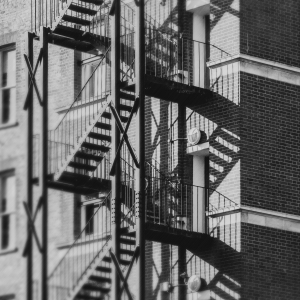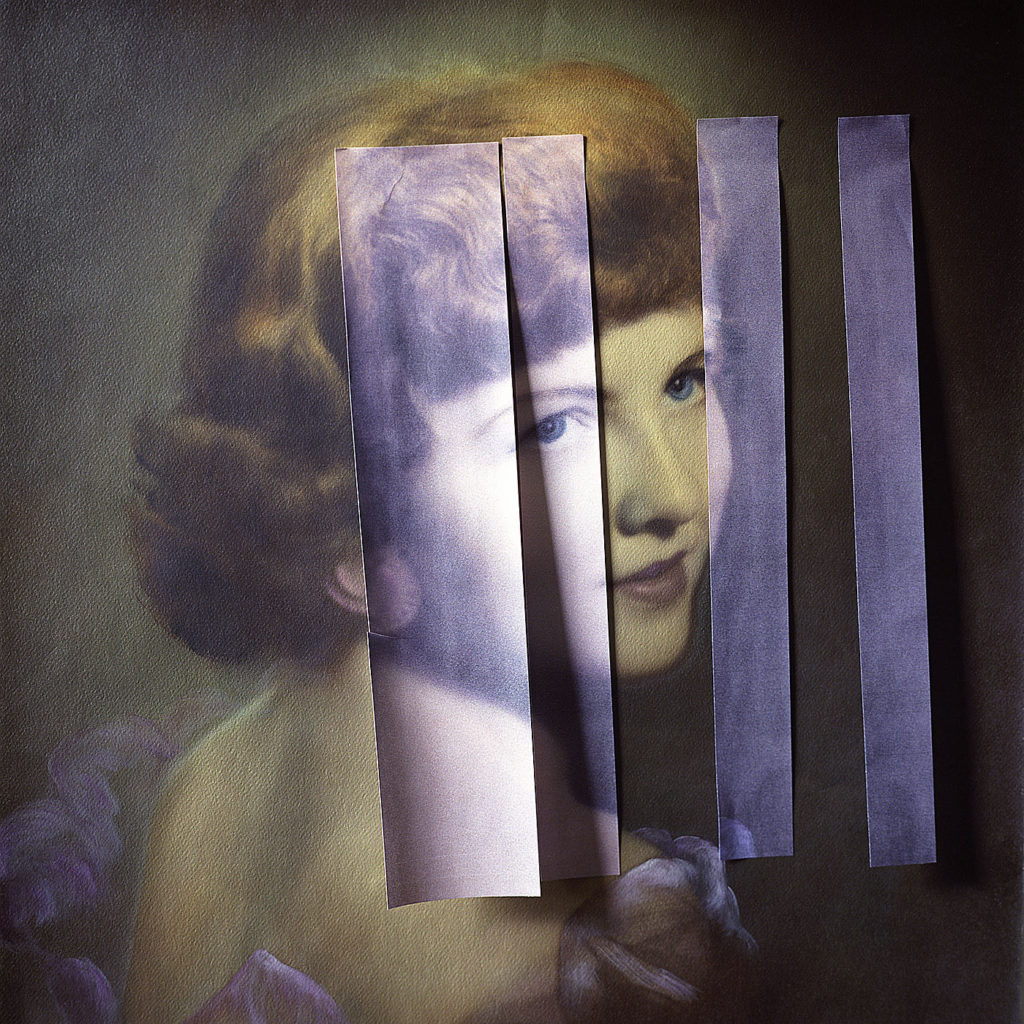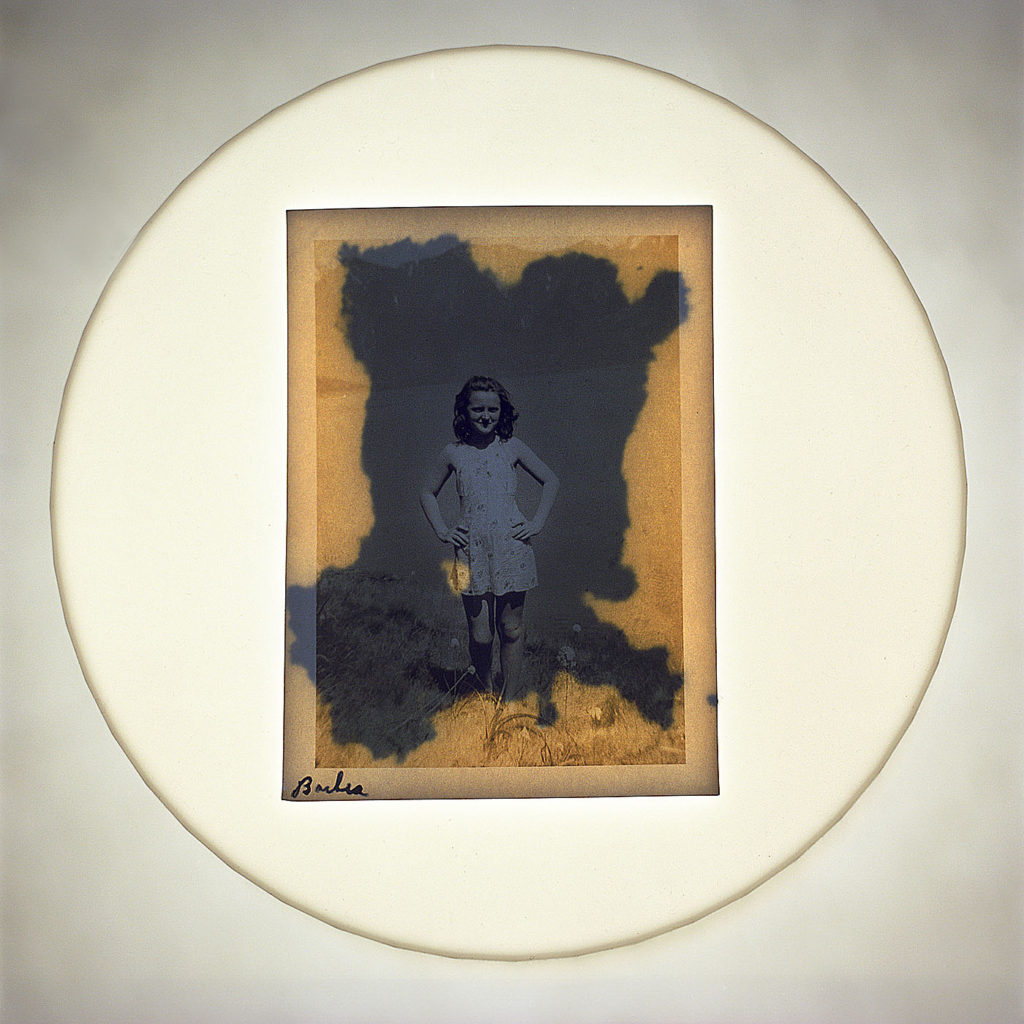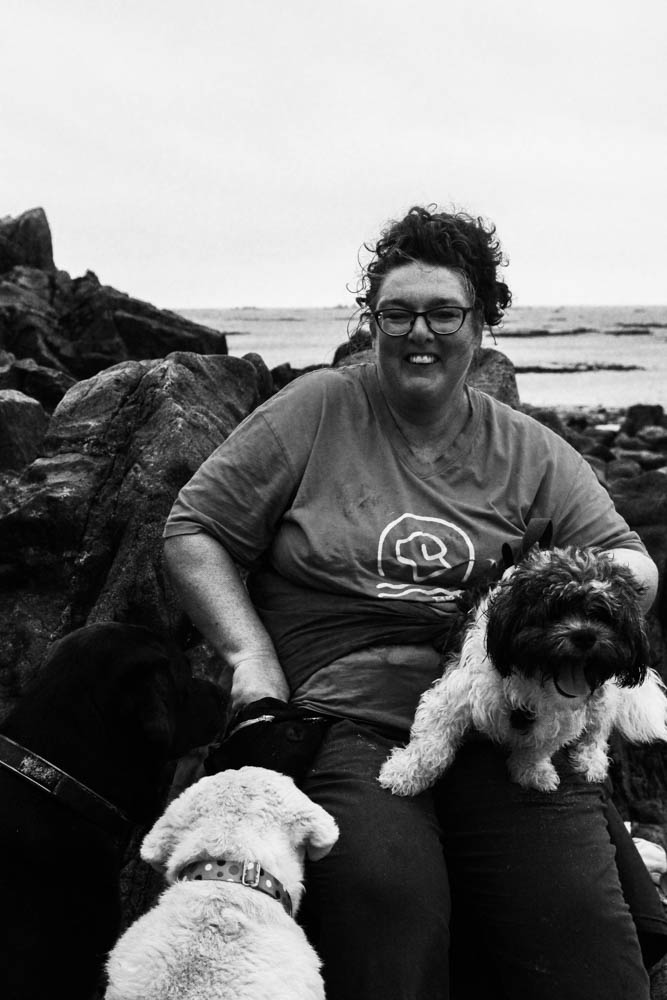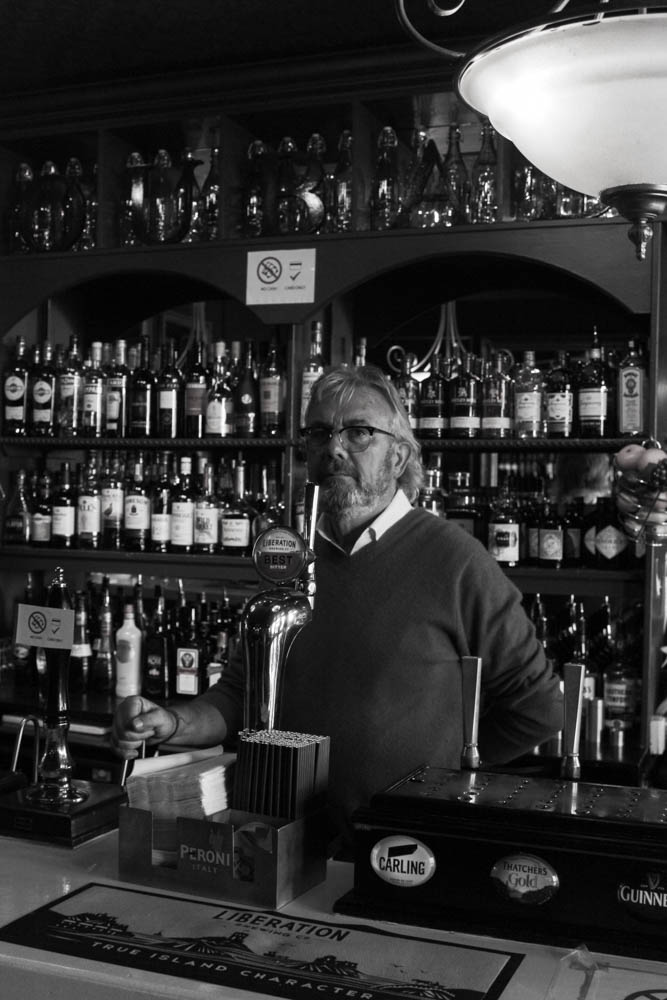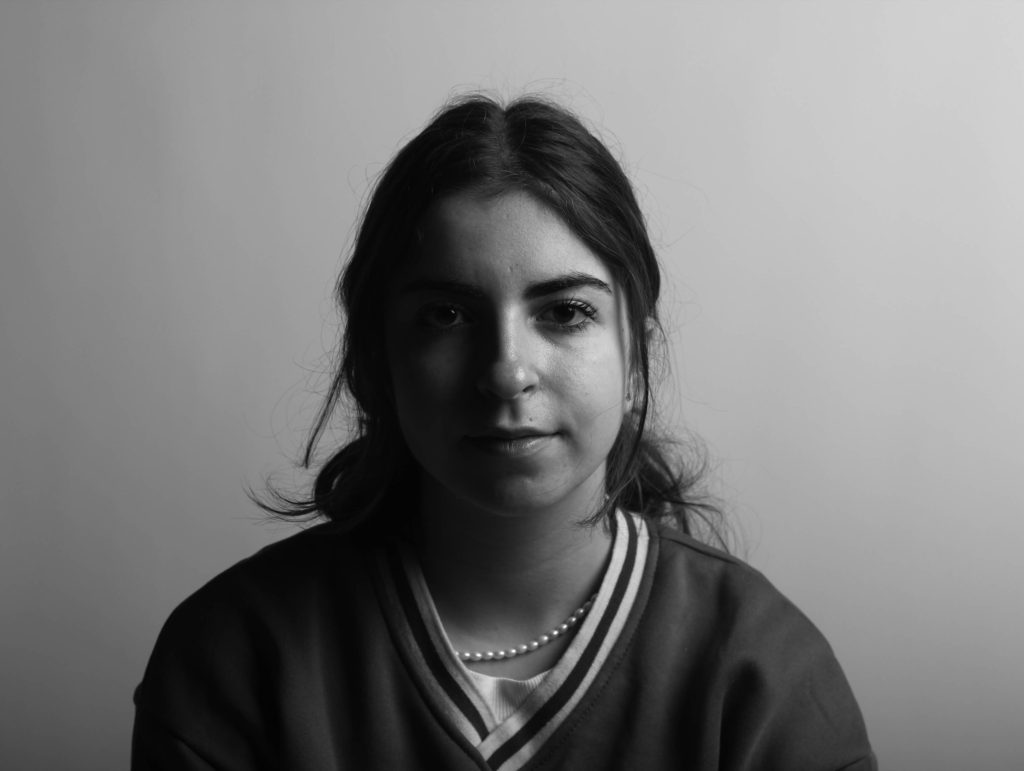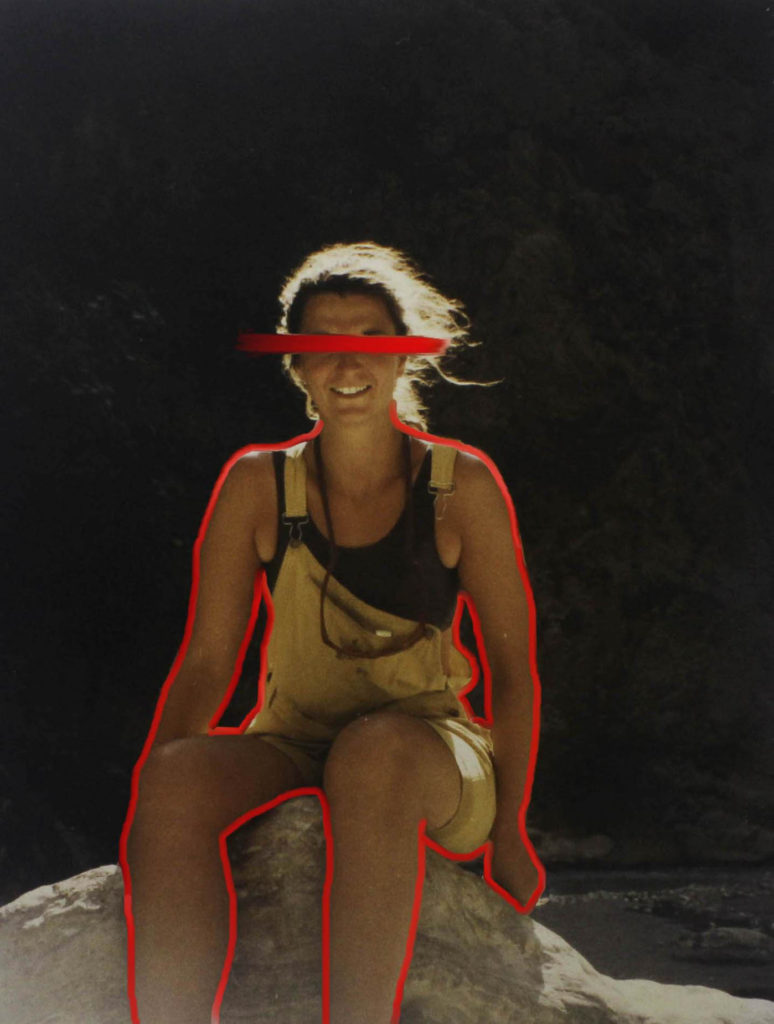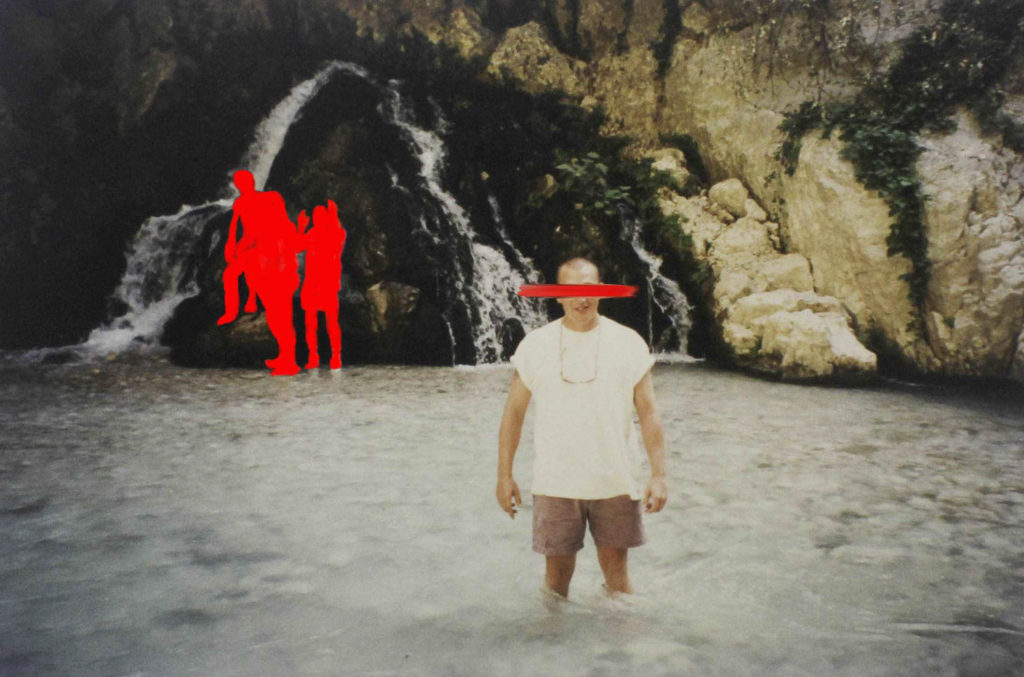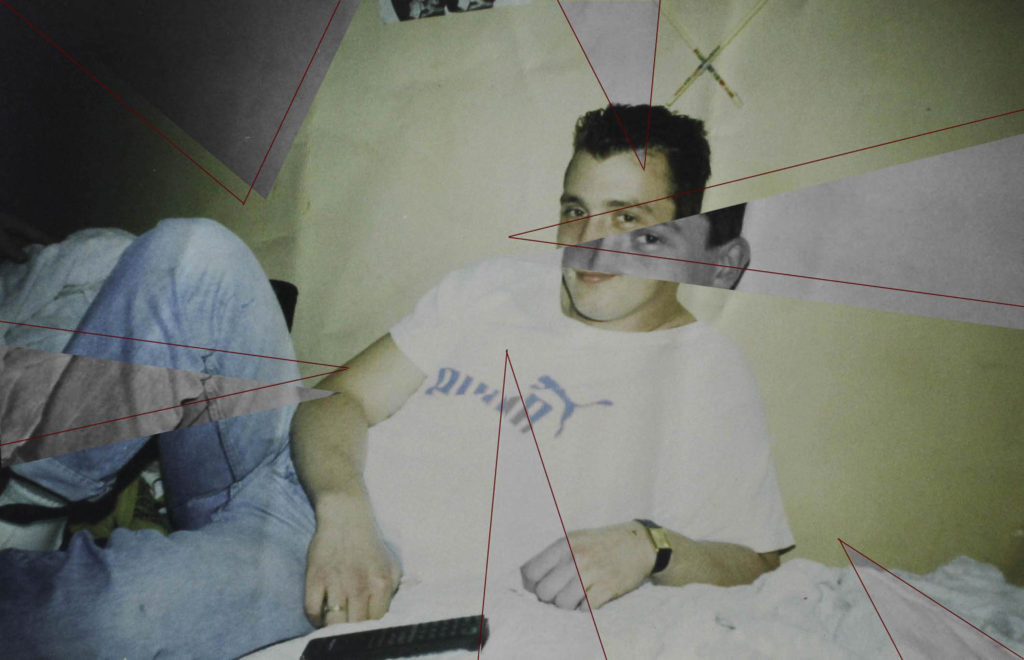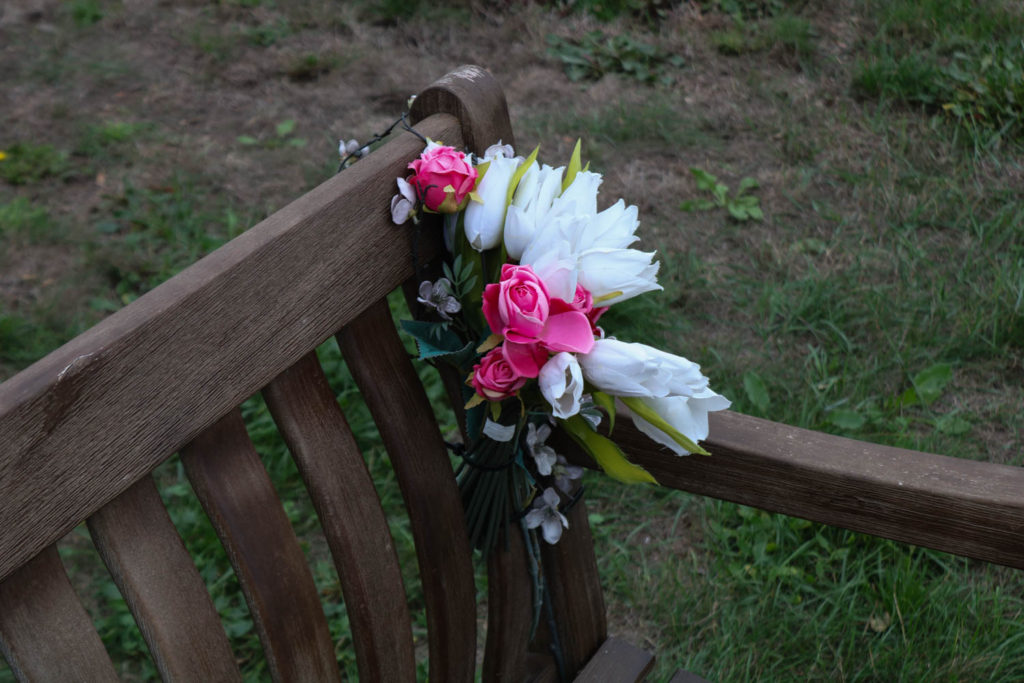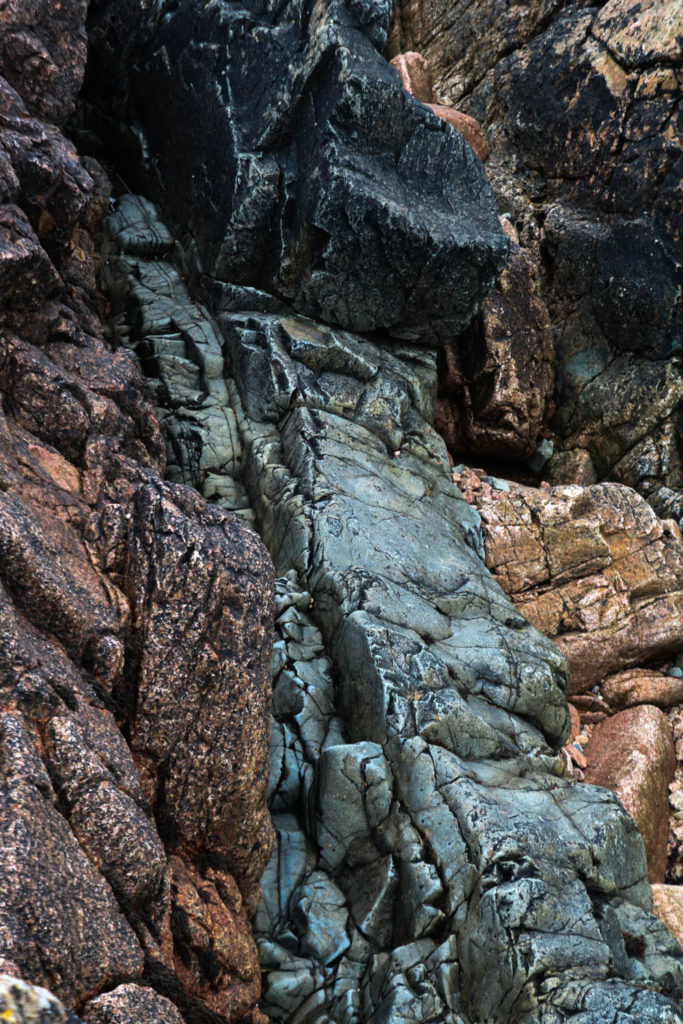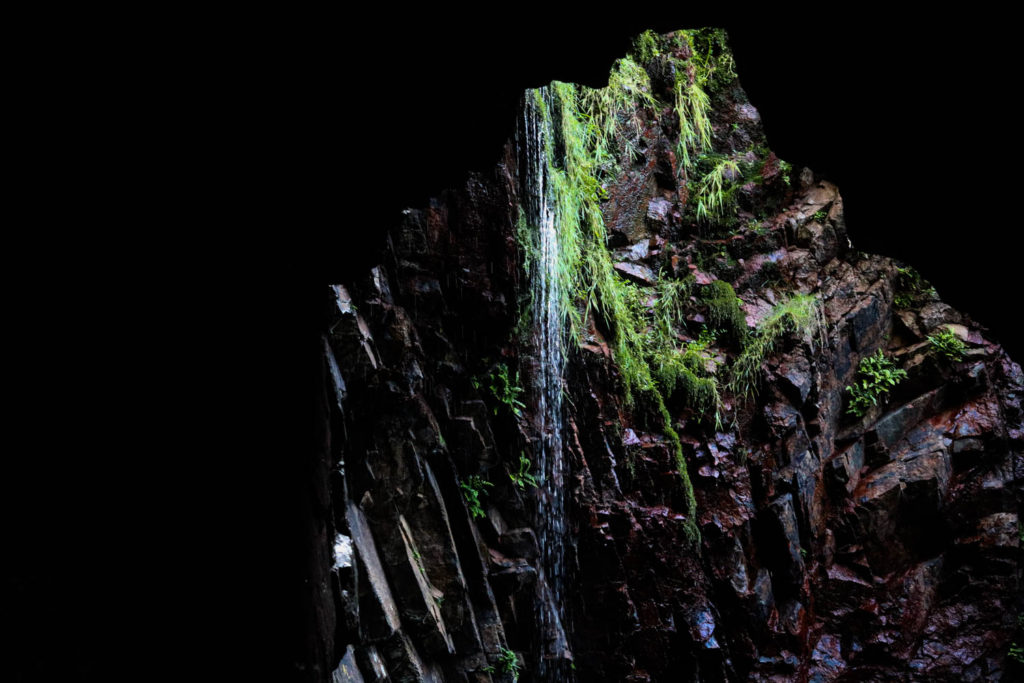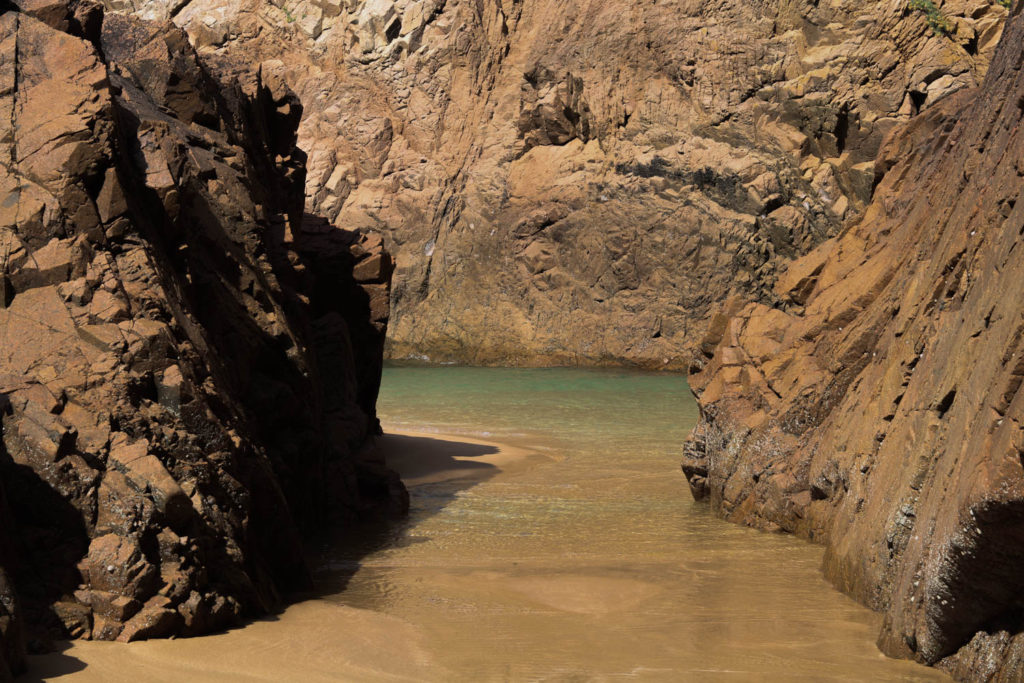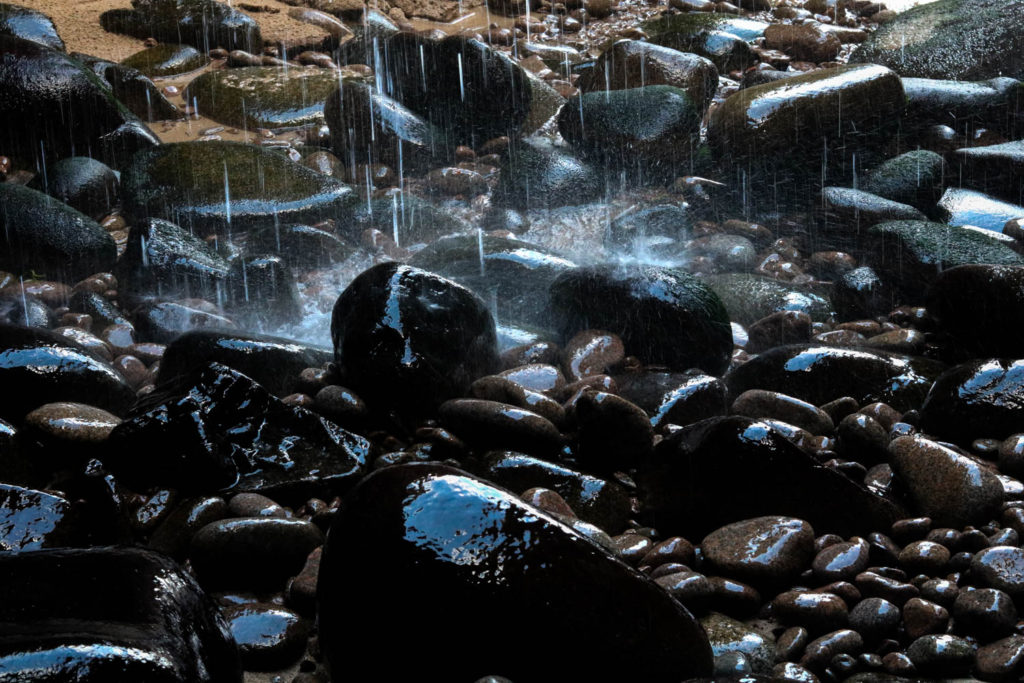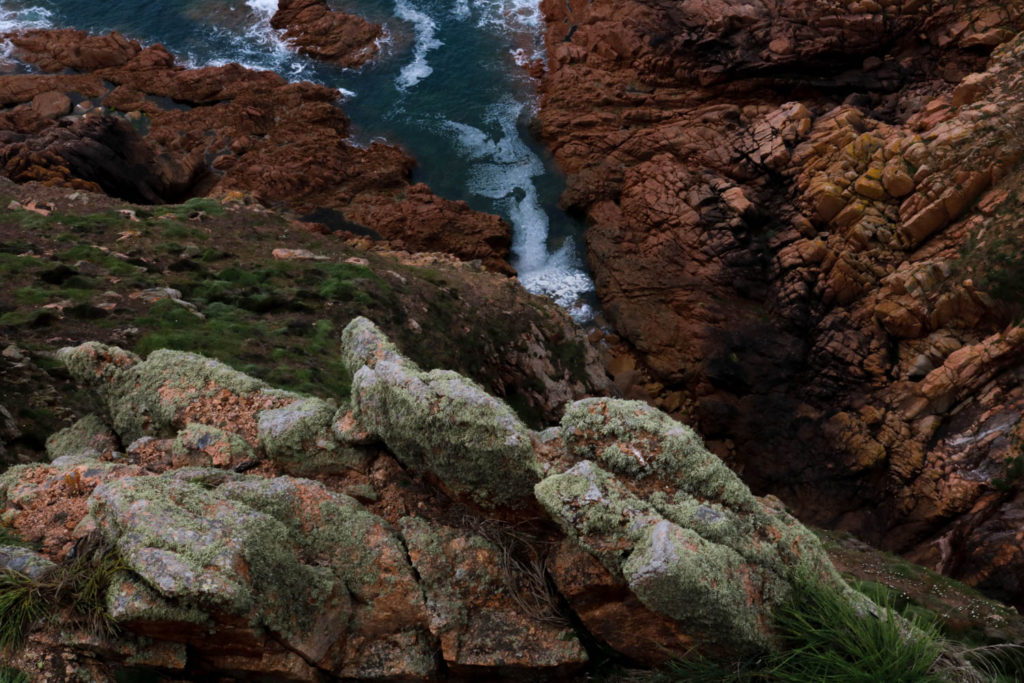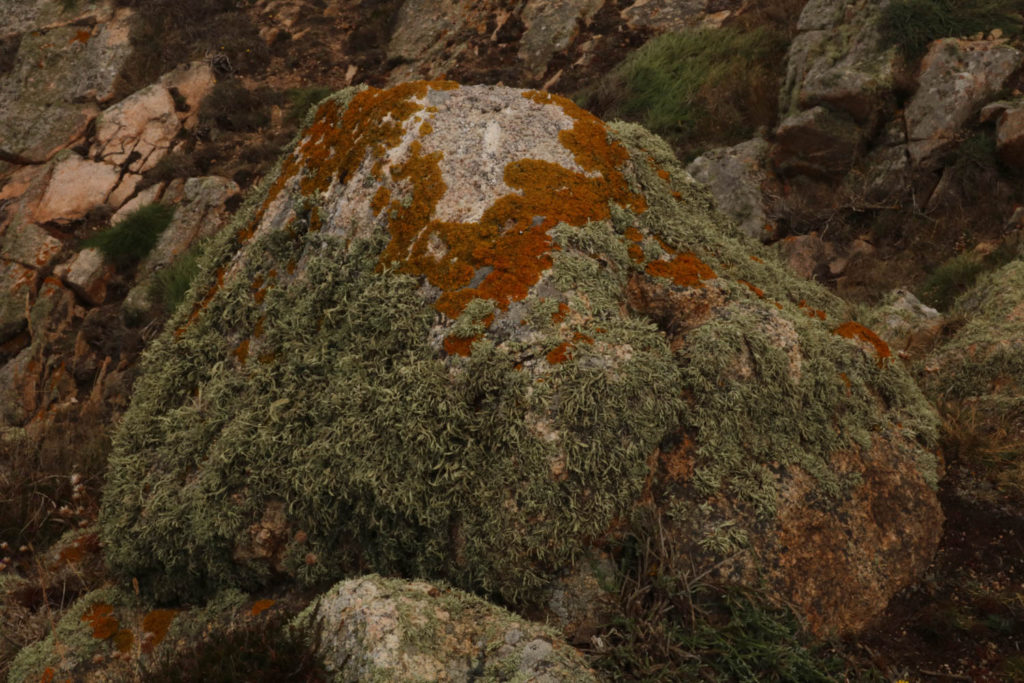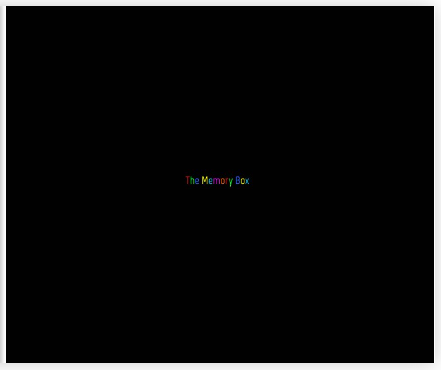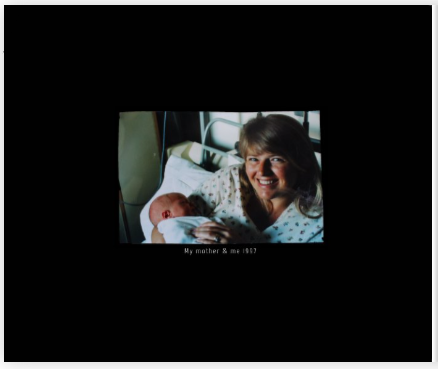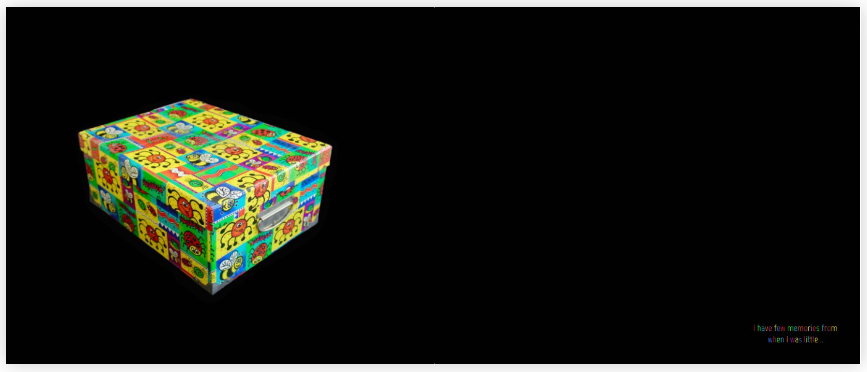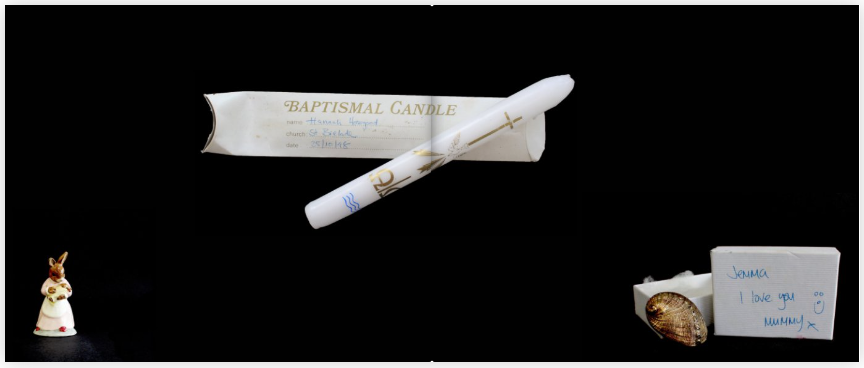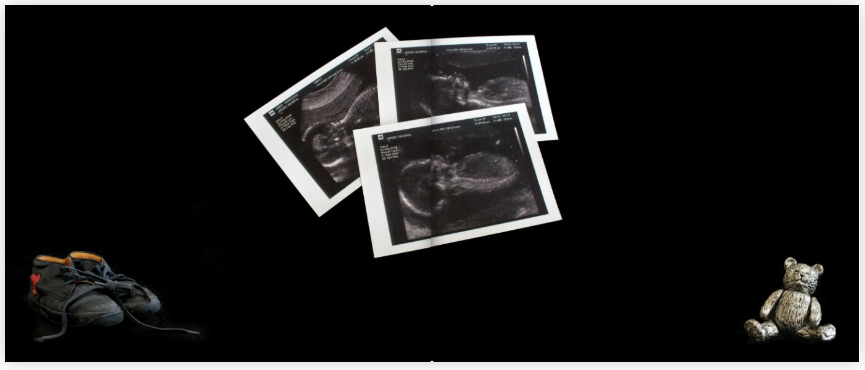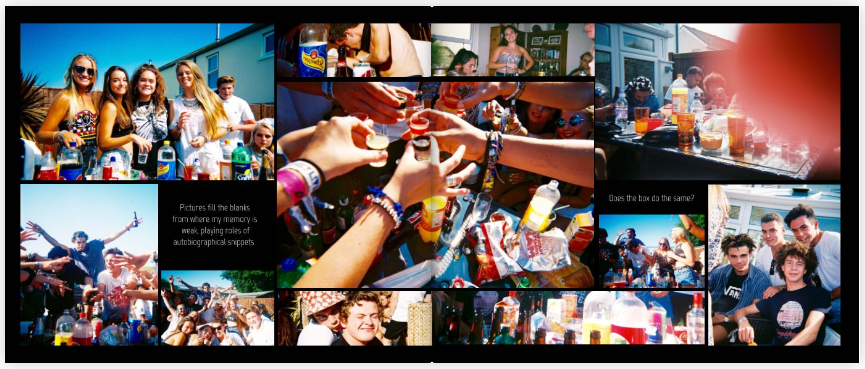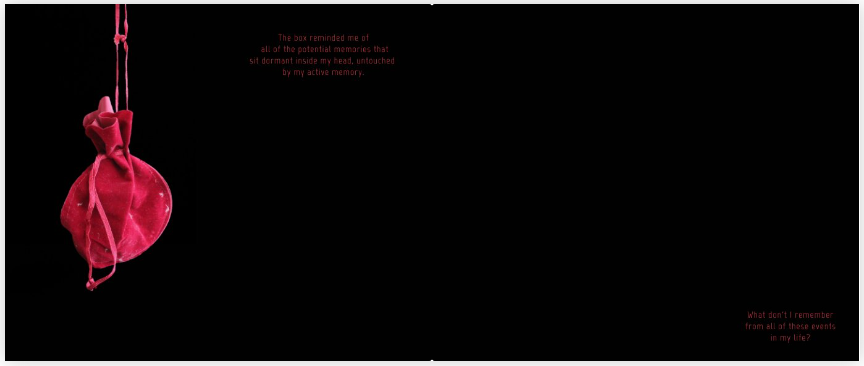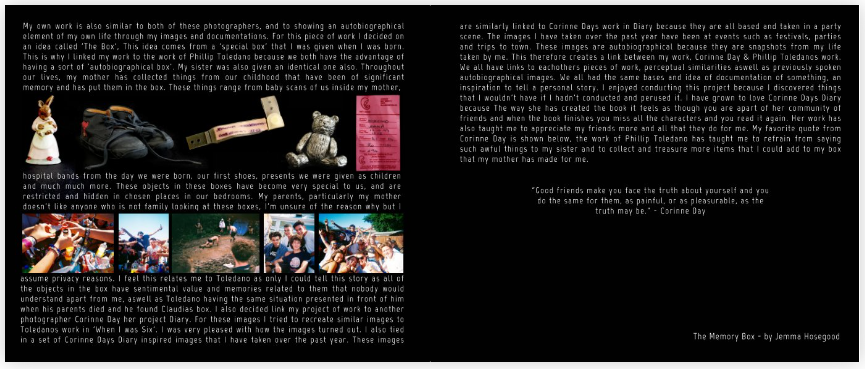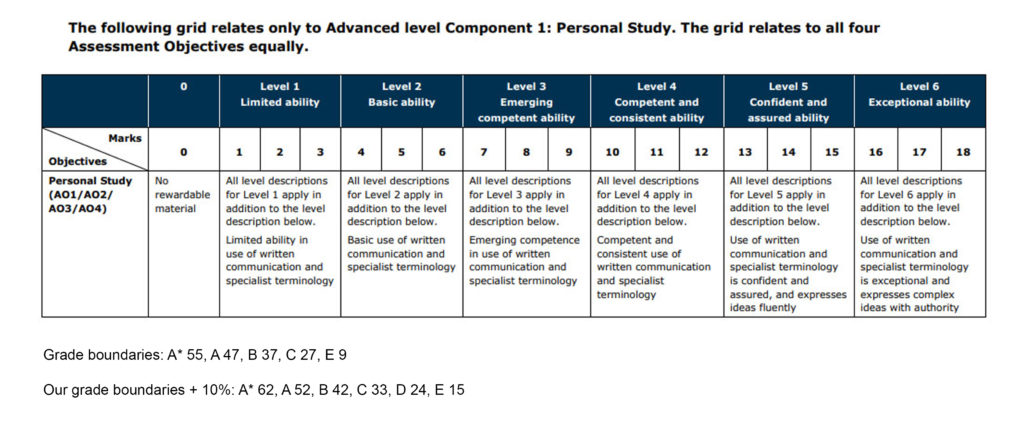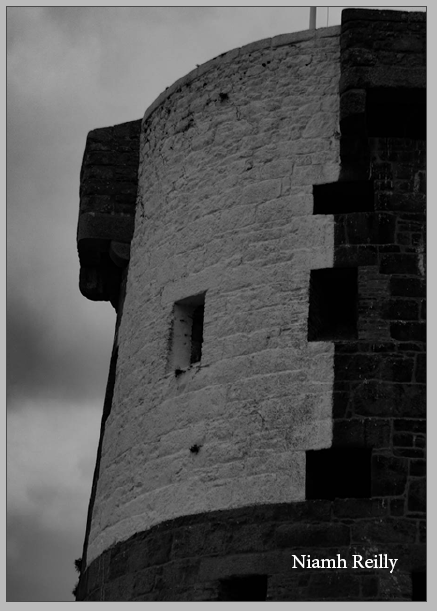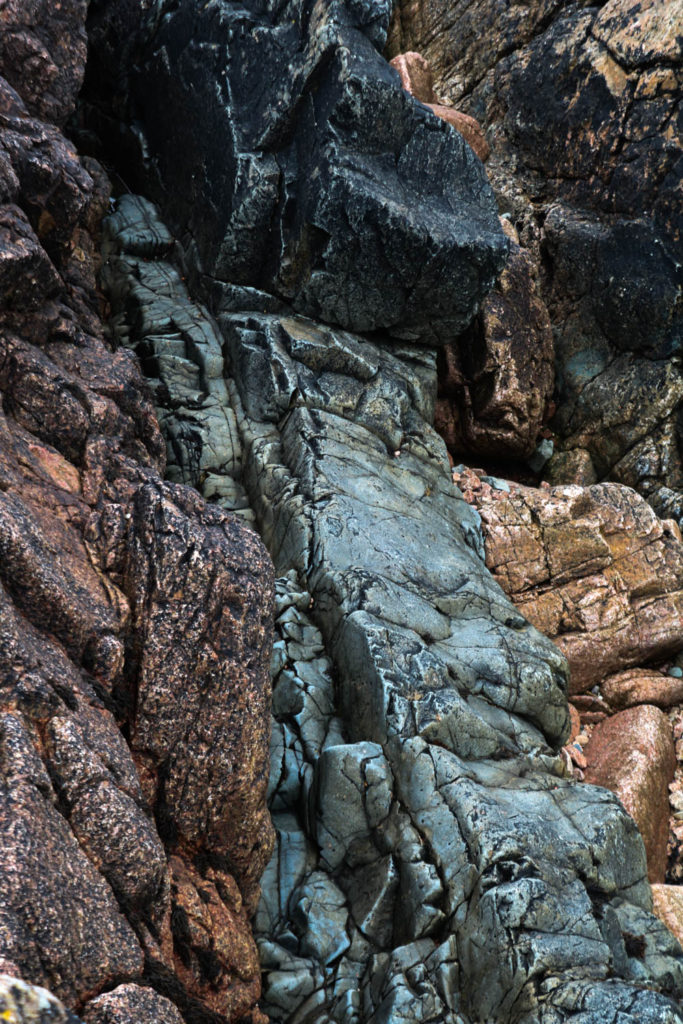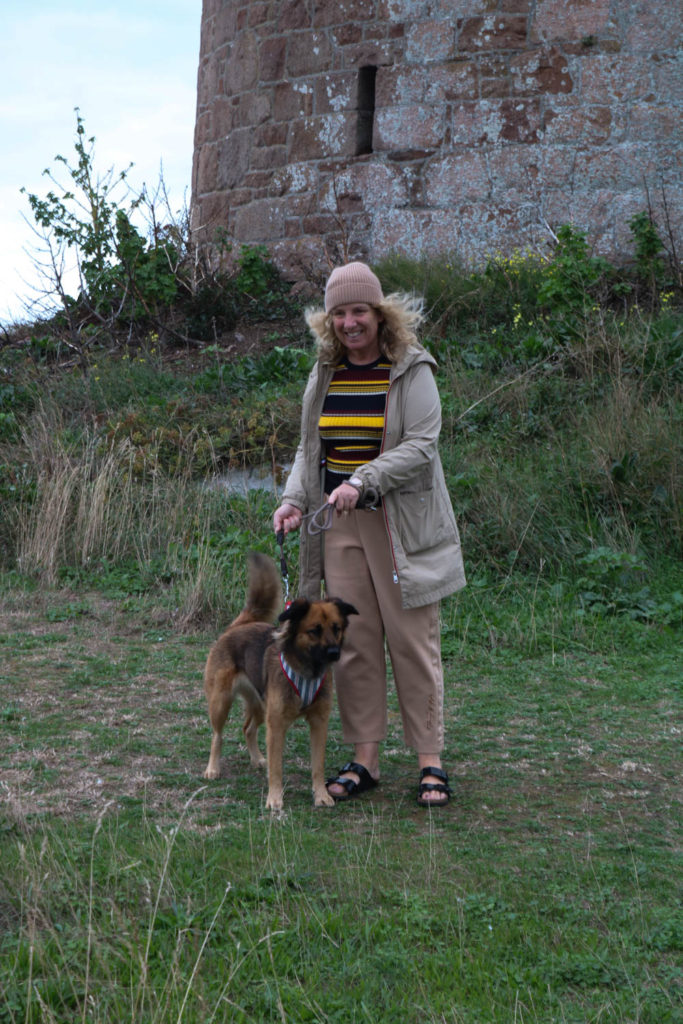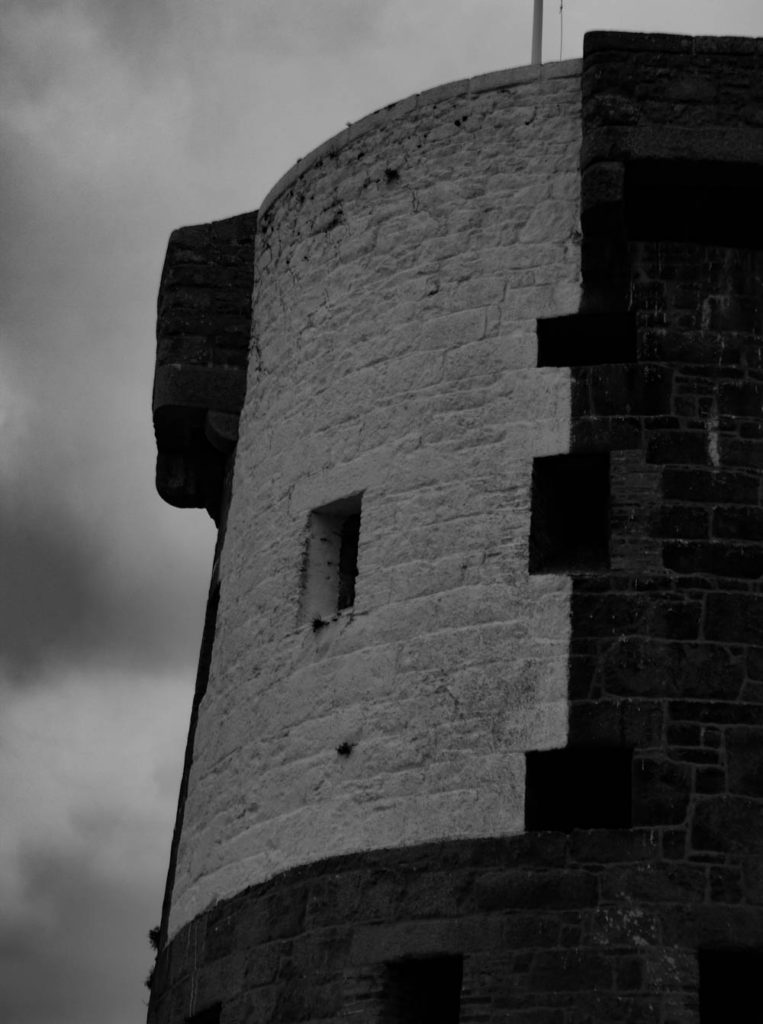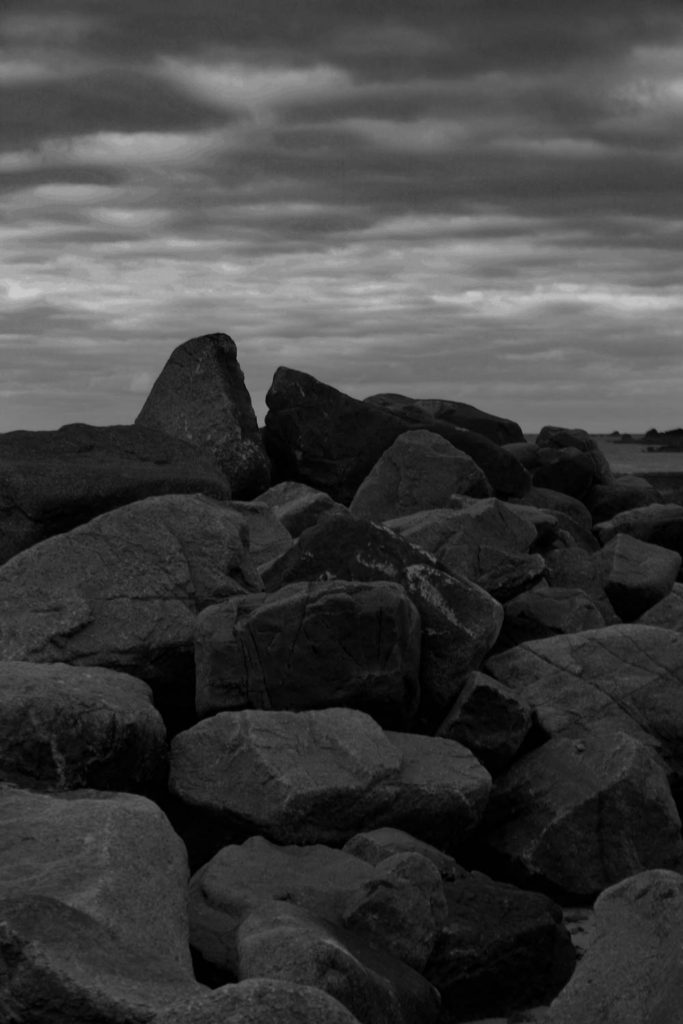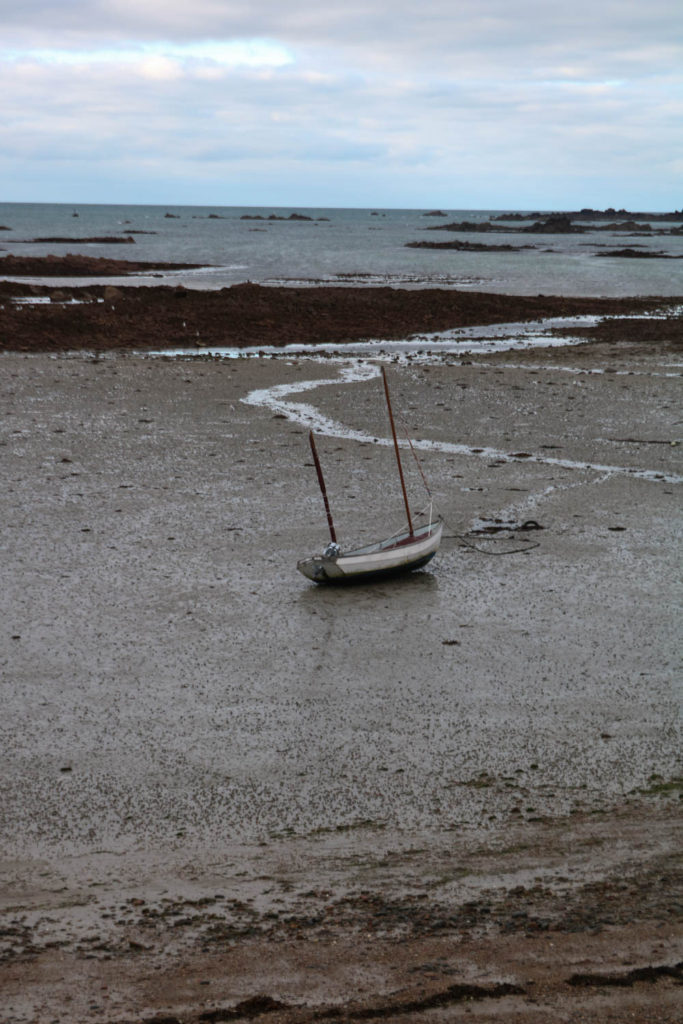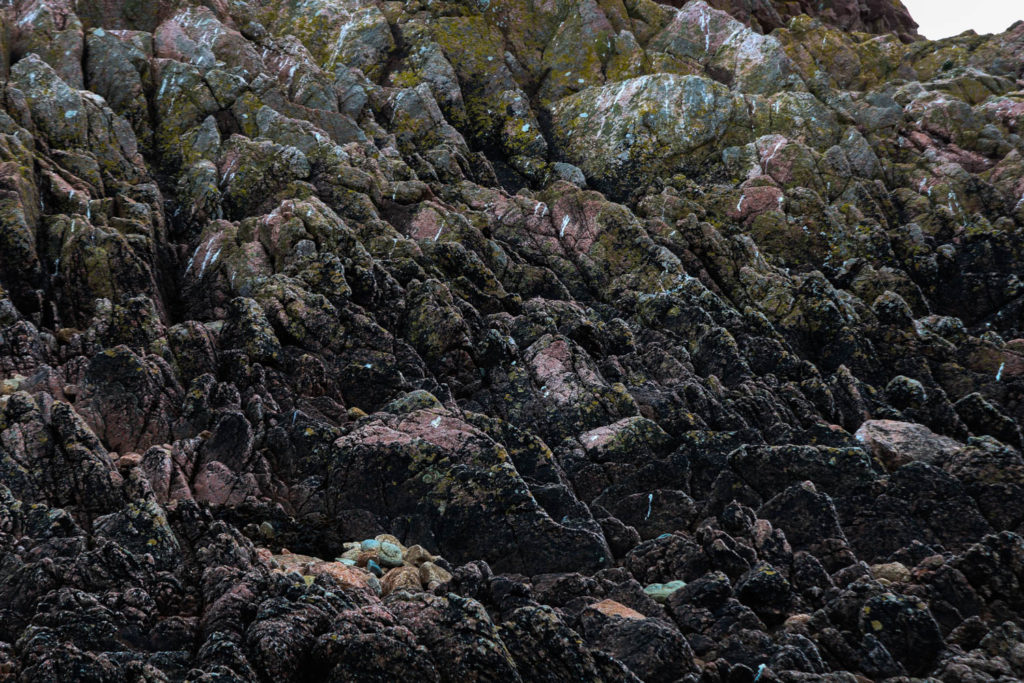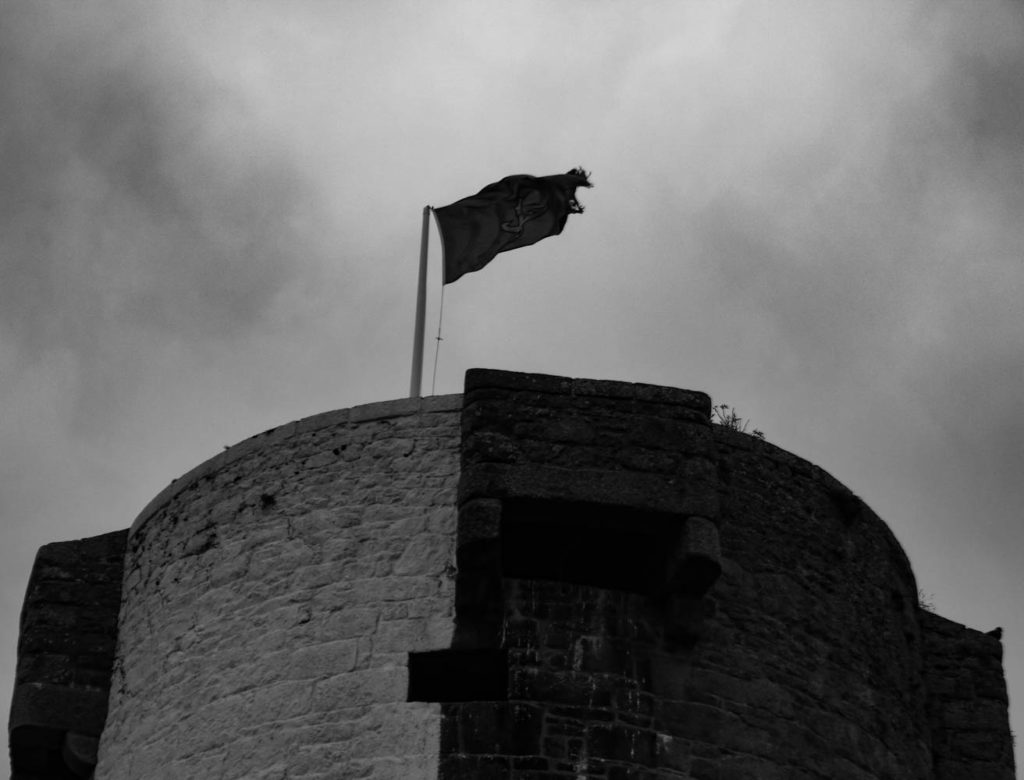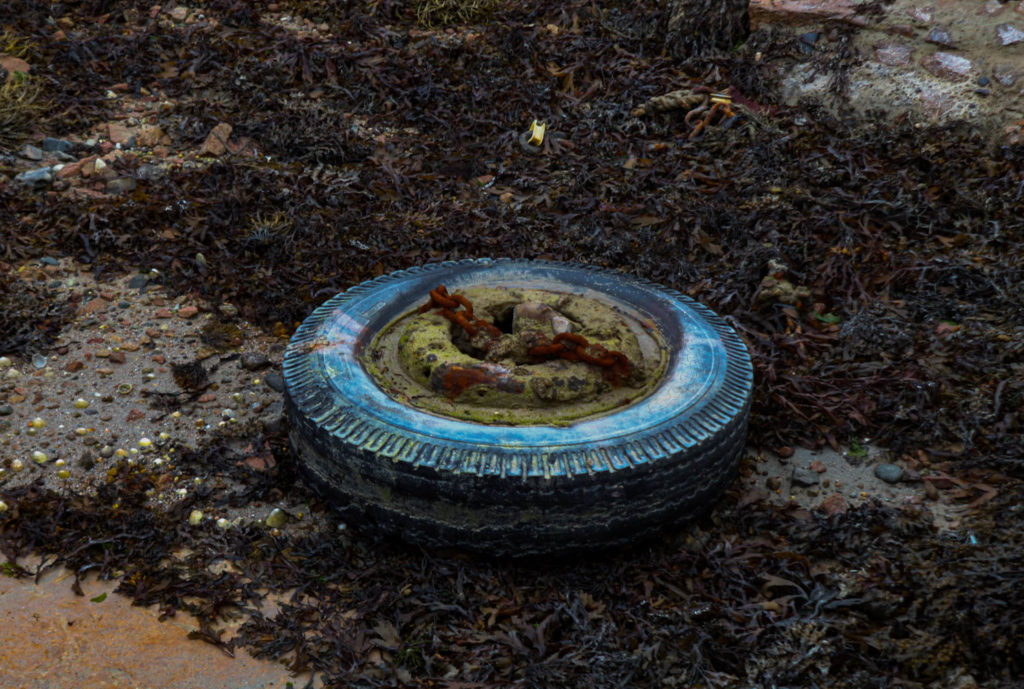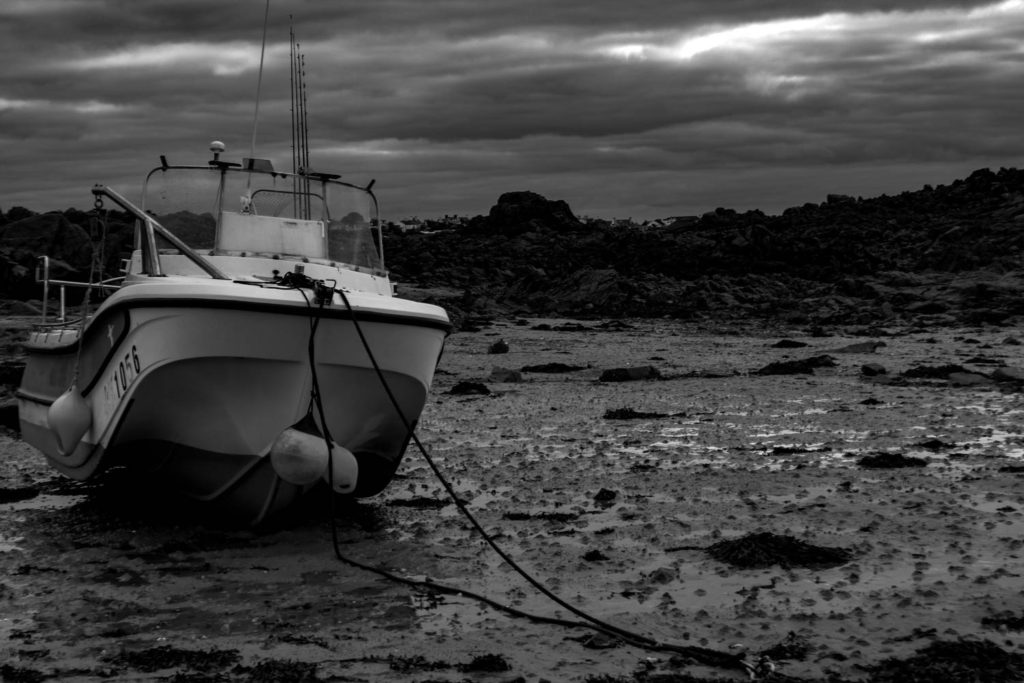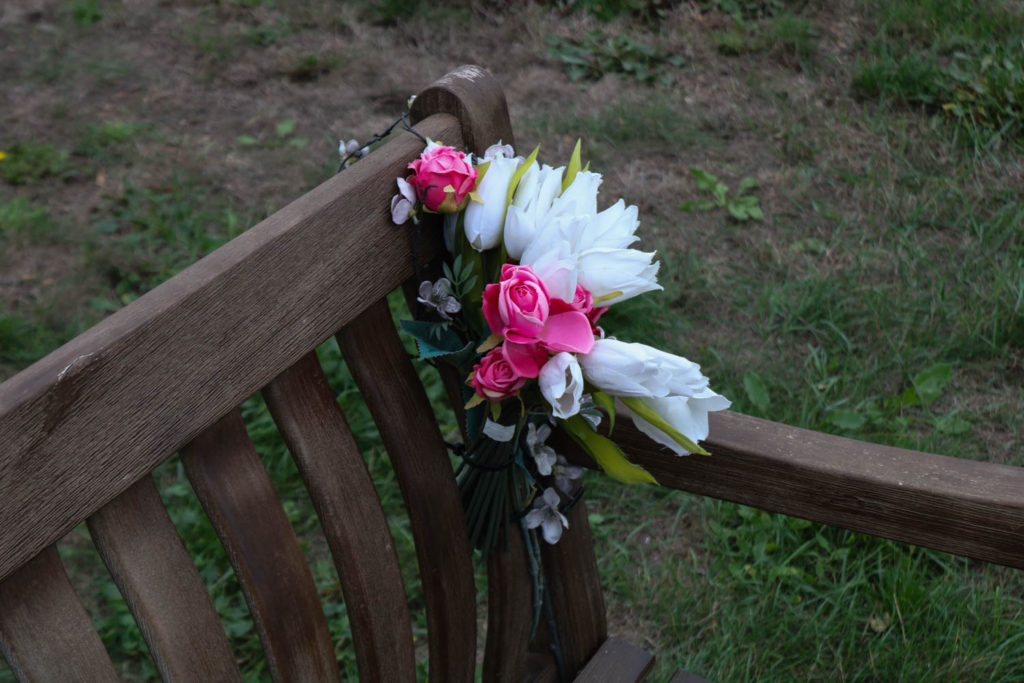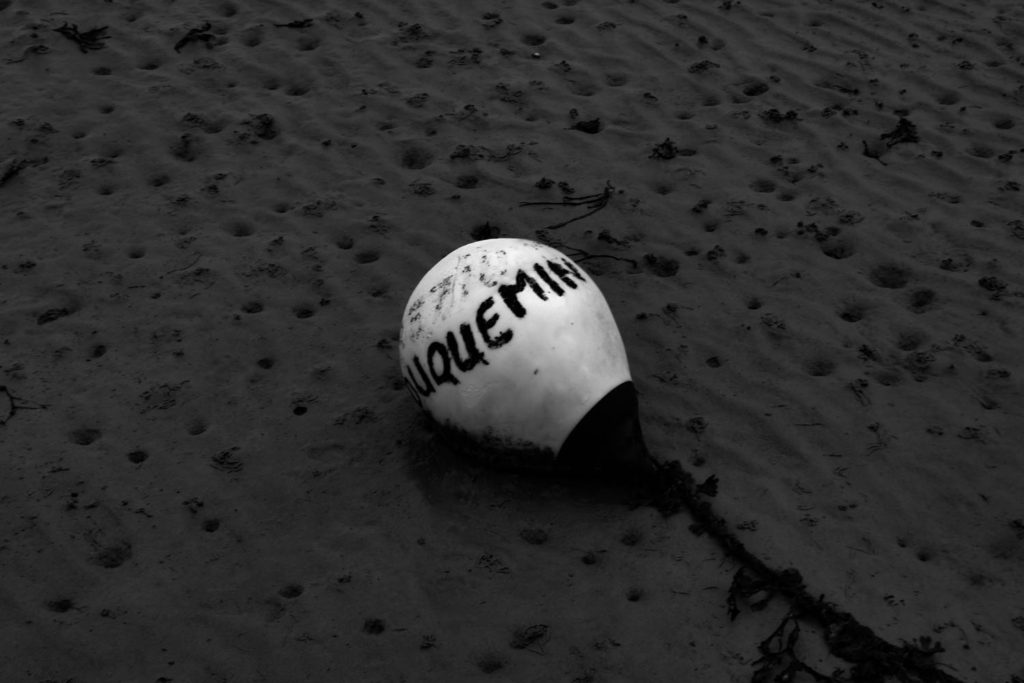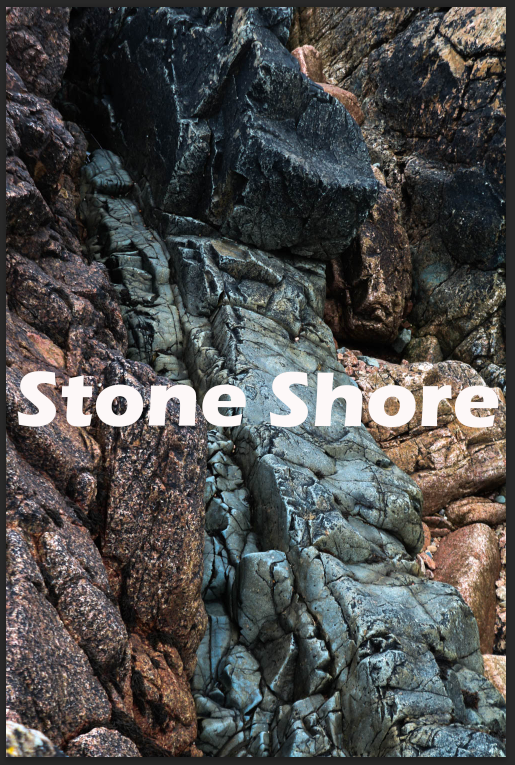Carolle Bénitah was a French Moroccan photographer, who worked for ten years as a fashion designer before turning to photography in 2001 she explores memory, family and the passage of time. Often pairing old family snapshots with handmade accents, such as embroidery, beading and ink drawings, Bénitah seeks to reinterpret her own history as daughter, wife, and mother.
Benitah took old family photos and made them into new ones but with her version of the story and her feelings towards the people and the photos. She used different styles to re-interpret her own history. For example, she used embroidery on many of her pieces as a way to express her thoughts and experiences, or on some, she used gold paint to cover a part of somebody or she would cover everyone and leave the background black and white.
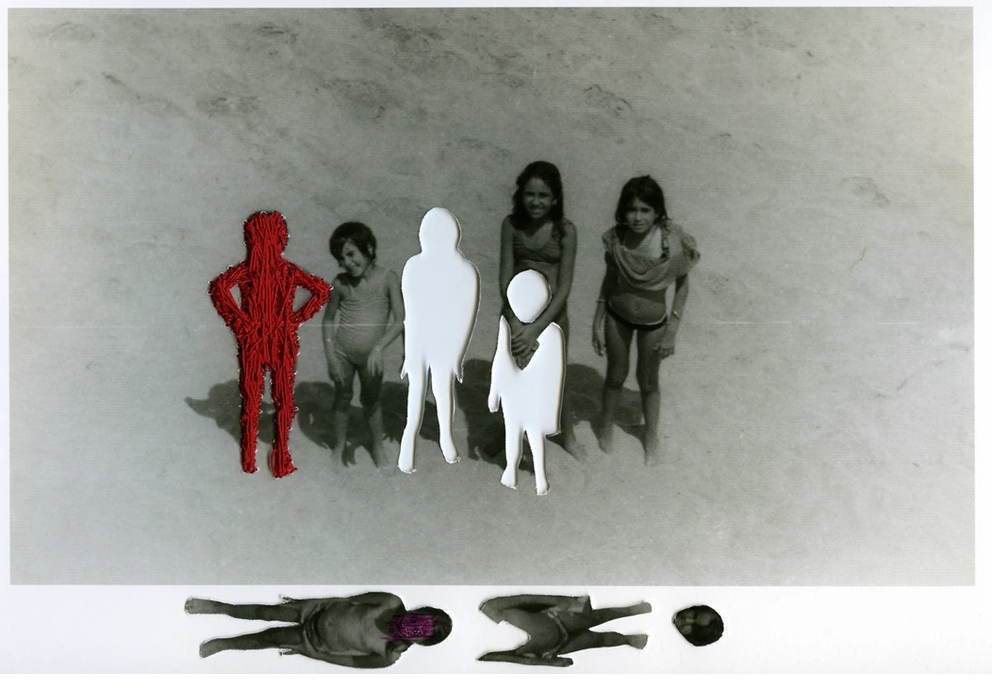
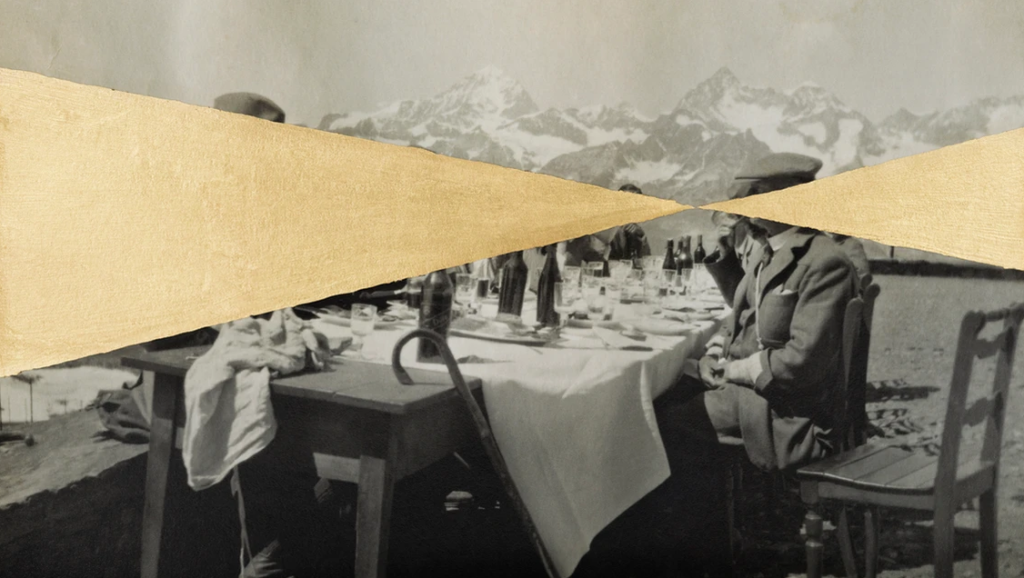
“Those moments, fixed on paper, represented me, spoke about me and my family told things about my identity, my place in the world, my family history and its secrets, the fears that constructed me, and many other things that contributed to who I am today”
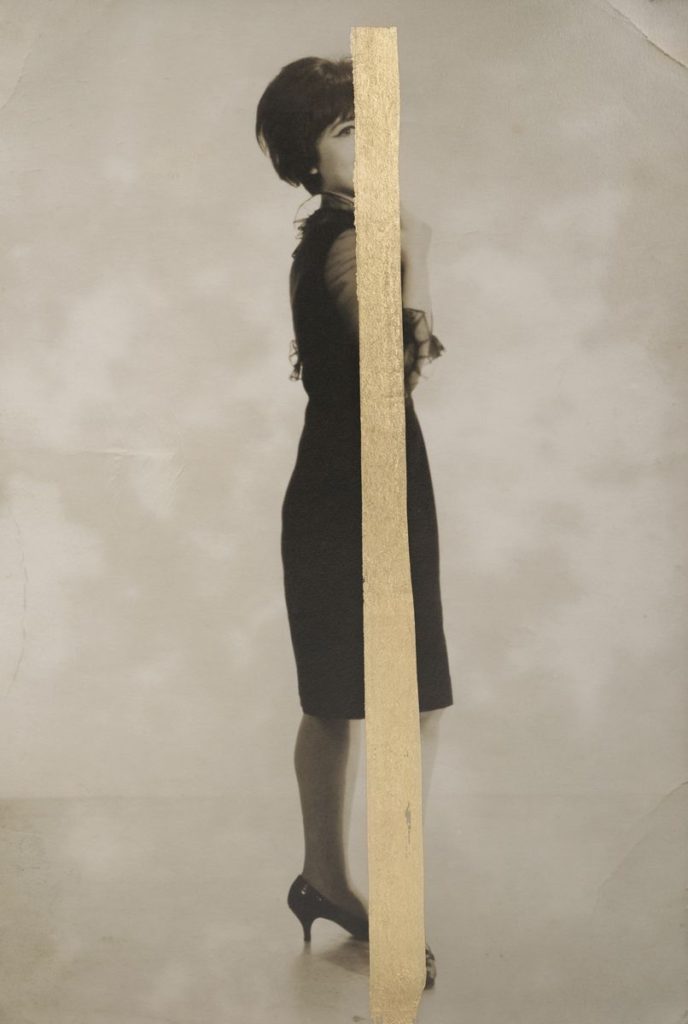
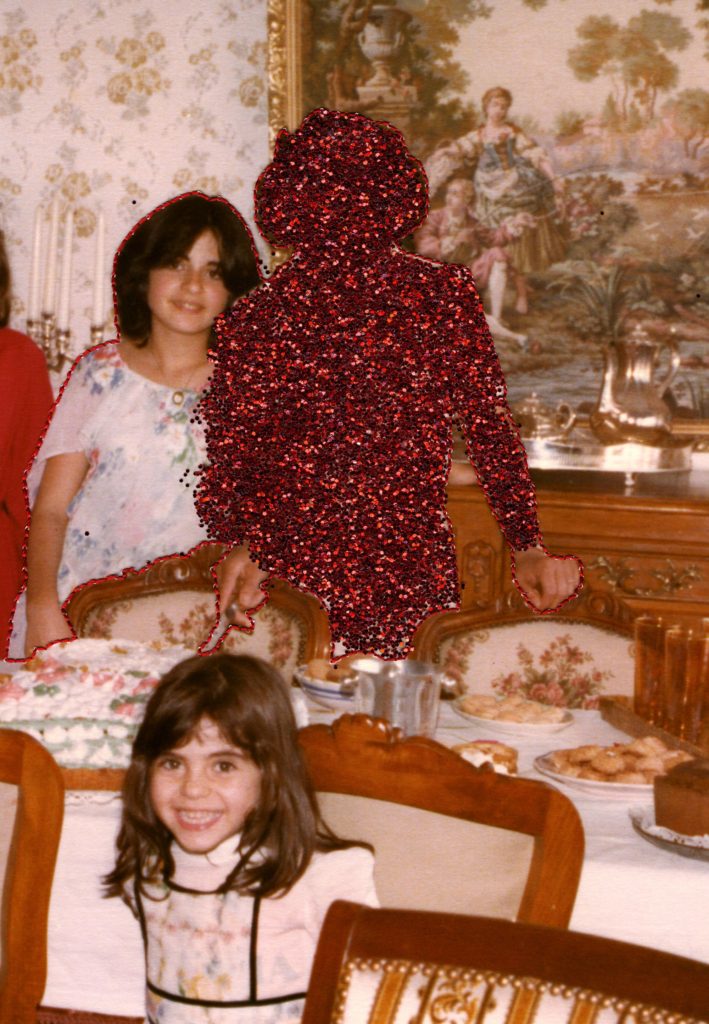
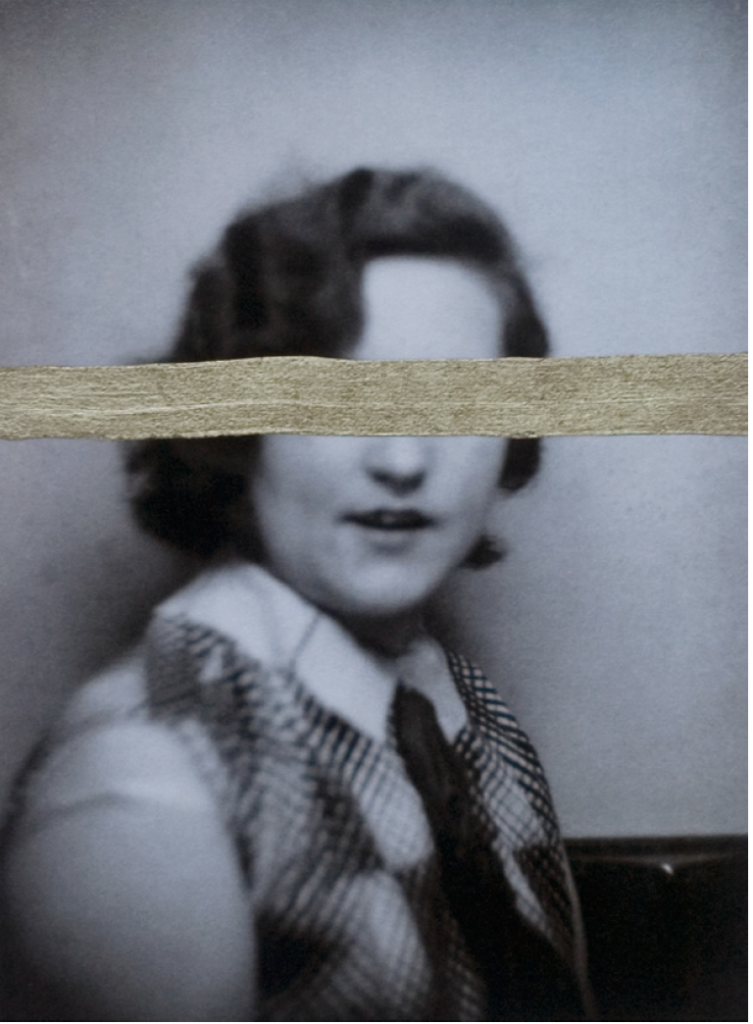
Benitah started to become interested in her old family photos when she was looking through a family album, the photos she was looking at were taken 40 years earlier, but she could not remember the moments that were in these images and what followed those special moments. Benitah felt that those photographs represented her, showed things about her family as well as told people about their identity and her place in the world. She stated those photos “contributed to who I am today”.
Benitah decided to explore the memories of her childhood so that she could understand who she was and define her identity. She started by looking into the photos that she found in her family albums. She chose snapshots because they related to memories and to loss. She saw these photos as fragments from her past, she ordered them, scanned them and printed them so that she didn’t do anything directly to the original photographs. Once Benitah made the image choice she wanted to start telling her version of the story, she then turned her attention to her own history with a new perspective as there were 40 years of distance and life experience.
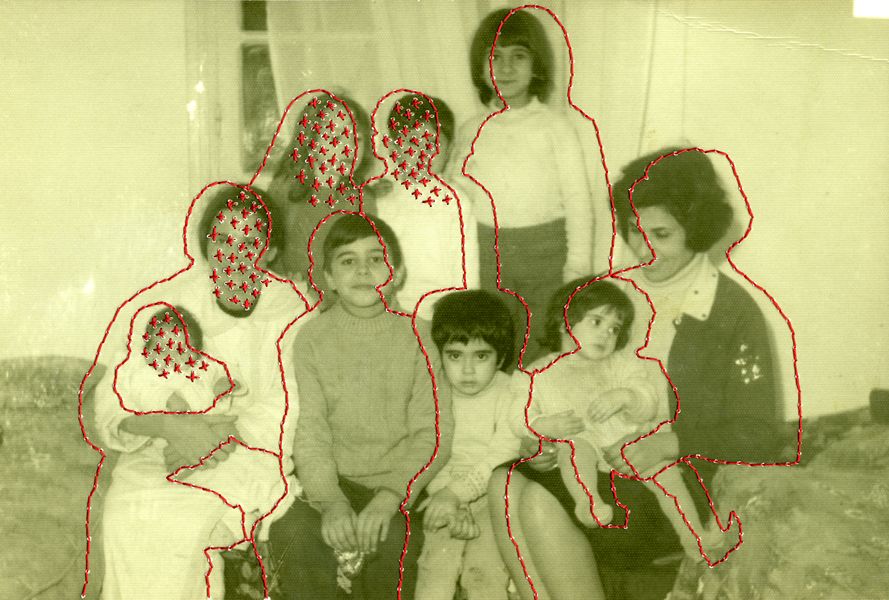
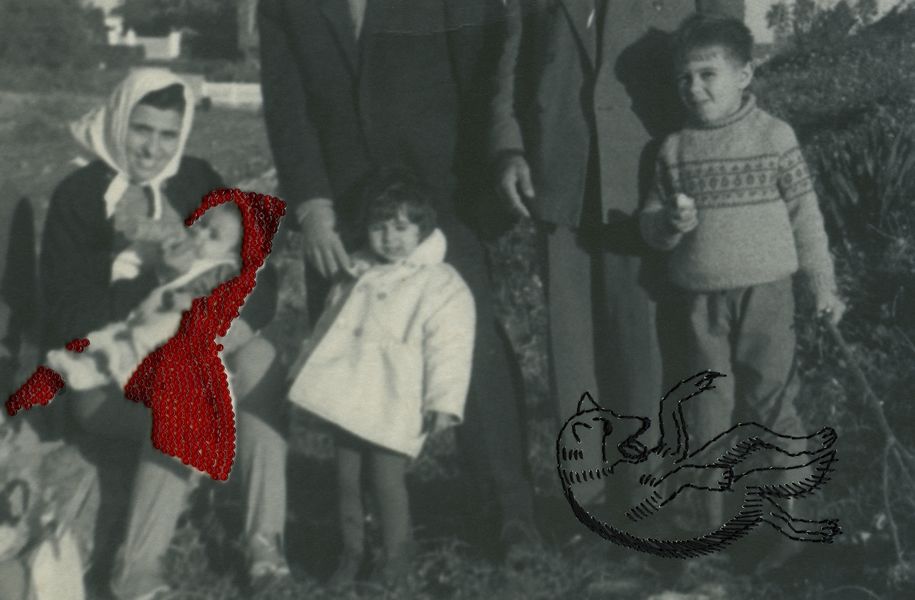
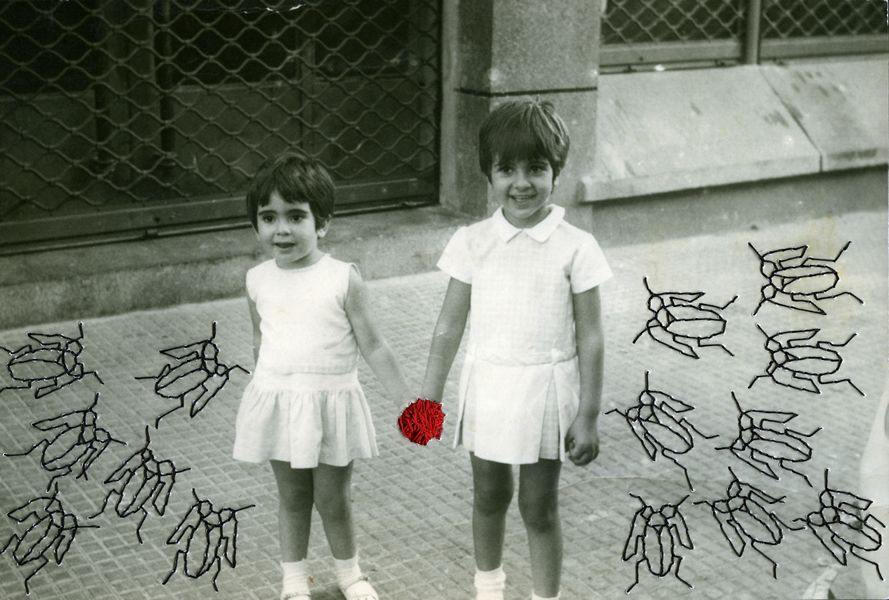

“I make holes in paper until I am not hurting anymore.”
One of Carolle Benitah’s most unique features of her work is the way she manipulates the photos, she uses needlework, embroidery, beads and ink. She wanted to use embroidery as it is a primarily feminine activity and in the past women embroidered hoping for the man’s return to the home. This style was linked to when she grew up as a girl in a “good family” and used to learn how to do this. Even though Benitah knew that there was nothing subversive about embroidery she wanted to twist it with her purpose. she uses this style of work as a decorative function so that she could re-interpret her own history and expose its failings. The activities she put into her work to dispute the stereotype of embroidery being a sign of a good education with well-behaved girls, a wise spouse and a loving mother.
Carolle Benitah believed that each stitch she made with the needle, that each hole is putting death to her demons and she states that it’s like an ‘exorcism’.
Image analysis
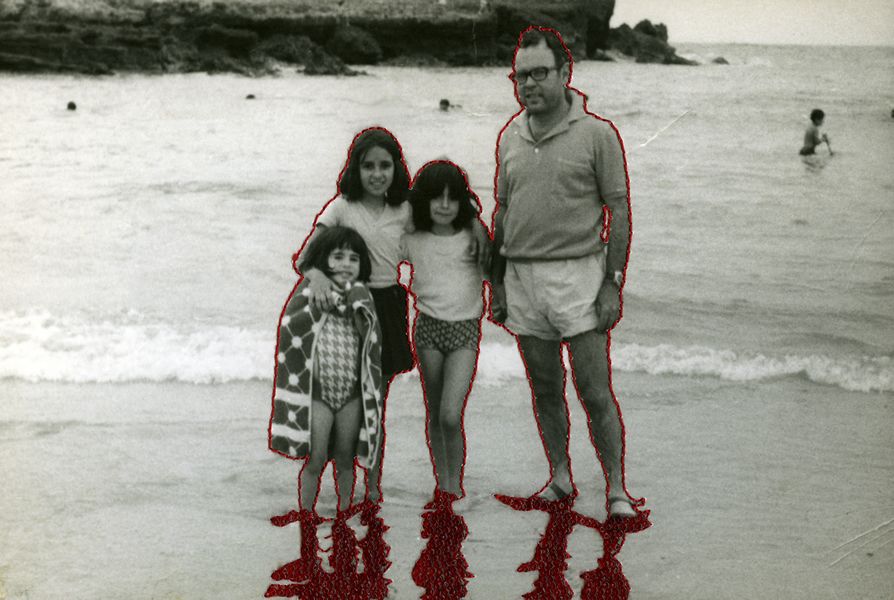
I like how this photograph is manipulated in such a smile way, such as the stitching around each person and the shadows but can convey such a powerful message. Benitah claimed that she liked to use stitching in her photos as she felt that with each hole she was putting death to her demons. When I look at the picture I think that when growing up she had strict parents which had a very specific way they raised their children which could have led to Benitah feeling suffocated and trapped within her family. I enjoy that she is able to portray this through a simple activity such as the stitching with red string. Another feature that I feel brings the full manipulation together is the colour of the sting, red. Red is a colour that can be linked with anger, danger and love which I think a the feelings she wanted to put forward in her projects as she wanted to show case her family and how she grew up and was raised.

